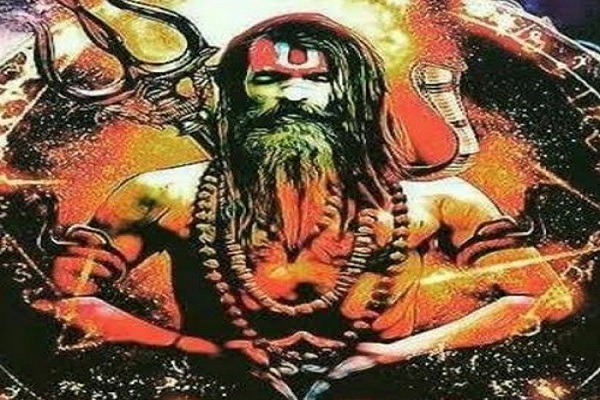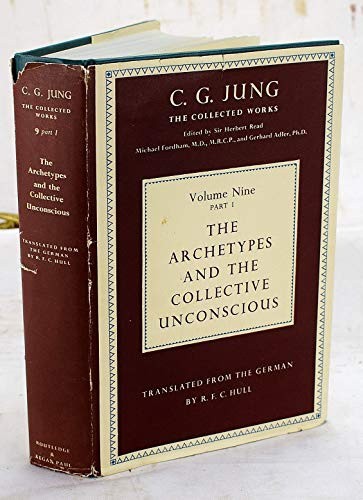Occult’s a funny word; maybe it’s better to call it something else. Forget about the attributions of the European Occult Renaissance and go back further to a time and place from whence this so-called occult knowledge was culled.
One of the central theses of the occult traditions is that there’s a Great Work to be performed. This Great Work is, however, acknowledged by traditions all over the world, some ancient and some quite modern. For instance, Dr. Maslow would have us understand that a call to self-actualization, originally brought to our attention by Carl Jung, is actually found atop a hierarchy of needs felt by every human alive. In the yogic traditions it’s called self-realization. Buddhism has names for it. The Native Americans had a word for it, too!

The occult tradition should be distinguished from New Age woo woo. Some techniques of self-development are shrouded in mystique. For instance, if you were to visit India or Tibet, you might discover the greater techniques of the Vijnana Bhairava Tantra, an early ninth-century text born of the Trika lineage of classical Tantra. Within these teachings you would find such fascinating ideas and practices as non-dual theory, communion with the spirits of Nature, the meaning of initiation, energy artistry and much more.

Or perhaps you might delve into Buddhism and discover how the Buddha Himself took on the mighty warrior form of the General of God’s own armies to slay the powerful demons of mind.

The so-called occult is legendary, some say dangerous, because it’s become twisted, its roots distorted and value diminished by the modern social media meme. Jewish mysticism, for instance, the Holy Kabbalah, is so much more than a Thoth-Crowley Tarot Spread, though Crowley does take pains to say the same.
It’s just that a lot of bullshit does get in the way of the message, and just as the messenger got shot for shatting the rug that one fine day in Thelema when he took it in his mind to play the Aghori, every other lesson of yoga taught by the fine Swamy Perdurabo has unfortunately been swept right under that very same rug! If you want to examine Kabbalah though, you may either go to Jerusalem and take up with the Chassids for a while, or there are any number of good books, some found right here in this blog’s public resources section. If you happen to visit Quora, Master Kabbalist Michael Laitman can often be found there giving discourse on a variety of colorful related topics.

The real dangers of the occult lie in the real tendency to twist your mind in its metaphor. Just like the Kundalini psychosis which Carl Jung warned about has become synonymous nowadays with a true Kundalini experience of Samadhi, the Demons with which the Buddha wrestled have taken on the presence of the monster under the bed which terrified the child who knew no better, and now terrifies the adults who have gone on to know much less in their rush to know it all. And while we’re on the topic of Jung, check out the shadow. Muwahahahahaha! The collective unconscious, the archetypes, the subconscious – the study which has produced Jungian psychology and transpersonal psychology is about as occult as it gets and it is a safe and worthy starting point to occult expeditions.
If you would go deeper into the occult than anything mentioned above, then there is always Taoism and the I Ching, The number and sound system of Pythagoras, Platonic Metaphysics, Advaita, or heaven forbid – physics!

…is a Saiva Tantrika, Gyana Yogi and founder of Uma Maheshwara Yoga & Ayurveda. David has an MA in Semiotics, lives in Japan with his family and works as a coach in L & D, devoting his time to developing science-based tools and programs that help people reach the fullest potential of the human condition.
Discover more from REAL YOGA
Subscribe to get the latest posts sent to your email.


